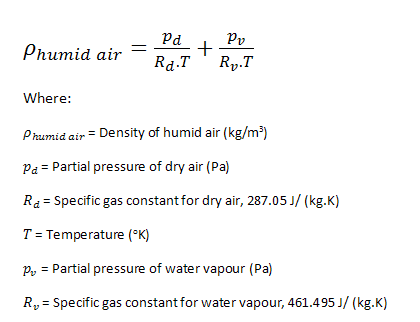
It may read 35000 ft or F350 but the plane is not flying 36,000 feet above the ground. Now, this brings up the matter of height, altitude and flight level.Ībove a certain transition altitude / flight level aircraft are required to set the altimeter subscale to 29.92 inHg or (1013.25 hPa) so that the aneroid altimeter then indicates altitude as a "flight level".

To create another level, a non-standard one, he would need to find the pressure level of 38000 feet in the ISA and then interpolate the wind and other data from the available pressure levels to the new one.

The creator of "earth" has selected a sub set of those. The reason it would "take a bit of time" is that the modeled data is distributed in the format of data on certain standard pressure levels. * Formula to convert from millibars to feet: Here's all three units on one Barometer:Īnd where does this "inches/mm of mercury" come from? Well early barometers use a three foot long glass tube inserted into a reservoir of mercury. There's one more common unit used, millimeters of mercury, or mmHg, which is just a metric version of inHg, but unlike the mb/hPa, the units are different. But in countries that use the metric system (most of the world) it's common to use the term hPa (hectopascals), which is exactly the same thing as a millibar. In meteorology we more commonly use mb (millibars). In aviation we use inHG (the 28-31 range) to use in calibrating altimeters. The inside one goes from 950 to 1050, and represents mb (millibars).ĭifferent units are used both in different situations, and in different parts of the world. Notice there are two scales, the outside one goes from 28 to 31, and represents inHg (inches of mercury). So you might have seen a barometer like this: Regarding units, we are discussing atmospheric pressure here, and most people will be familiar with this as the pressure at ground level, and using the change in that pressure to forecast changes in the weather (higher pressure is clear, lower pressure means rain, very roughly). However look at the -40 line near the top, it's possible some areas of Alaska could see low altitude contrails today. The green indicates above 70% RH, but since it's only 500mb (around 18,000 feet) we know immediately most of this area will not be cold enough. This is a 500mb RH and temperature chart. Lots of green over the US, indicating around 250mb (34,000 feet), the sweet spot contrail altitude.Īnd of course you will see it a lot on weather charts, for example:

Notice the difference between north and south. The color indicates the likely altitudes where contrails will from. Other than nullschool, a great place to use this is NASA's contrail forecast page: Pretty much a hard limit for the majority of planes, so you can usually discount any mb that's in two digits This is a useful upper range for possible commercial planes, which will rarely fly about that level.ġ00 mb is about 52,000 feet. It's a little harder to remember than 300/30000, but it's a nice round number for the middle of the cruise altitude range.ġ50 mb is about 44,000 feet. It's also the only cruise altitude that gives as an option.

The key factor is really temperature.Ģ50 mb is about 34,000 feet. However, they can form at higher pressure (lower altitude). An easy one to remember, most contrails in temperate areas like the US (excepting Alaska) happen above 30,000 feet, so pressure under 300 mb is generally where contrails will form. The international standard is 1013.2, but "about 1000" is easier to remember.ģ00 mb is about 30,000 feet. So the smaller the mb, the higher we are in feet.ġ000 mb is about sea level. It's generally good to within about 100 feet though. Pressure varies with the weather, so the conversion is only an approximation. Here's a spreadsheet that does it for a variety of values:īut in order to more easily use the various sites that use mb/hPa, it's useful to remember a few things. When studying contrails, you quite often come across diagrams and charts where instead of the altitude in feet or meters, we are given a pressure value in mb (millibars, sometimes also labeled hPa, which is exactly the same unit)įor example, on the excellent site, we have:Ĭonverting between mb and altitude is a slightly complex formula * you can't do in your head.


 0 kommentar(er)
0 kommentar(er)
